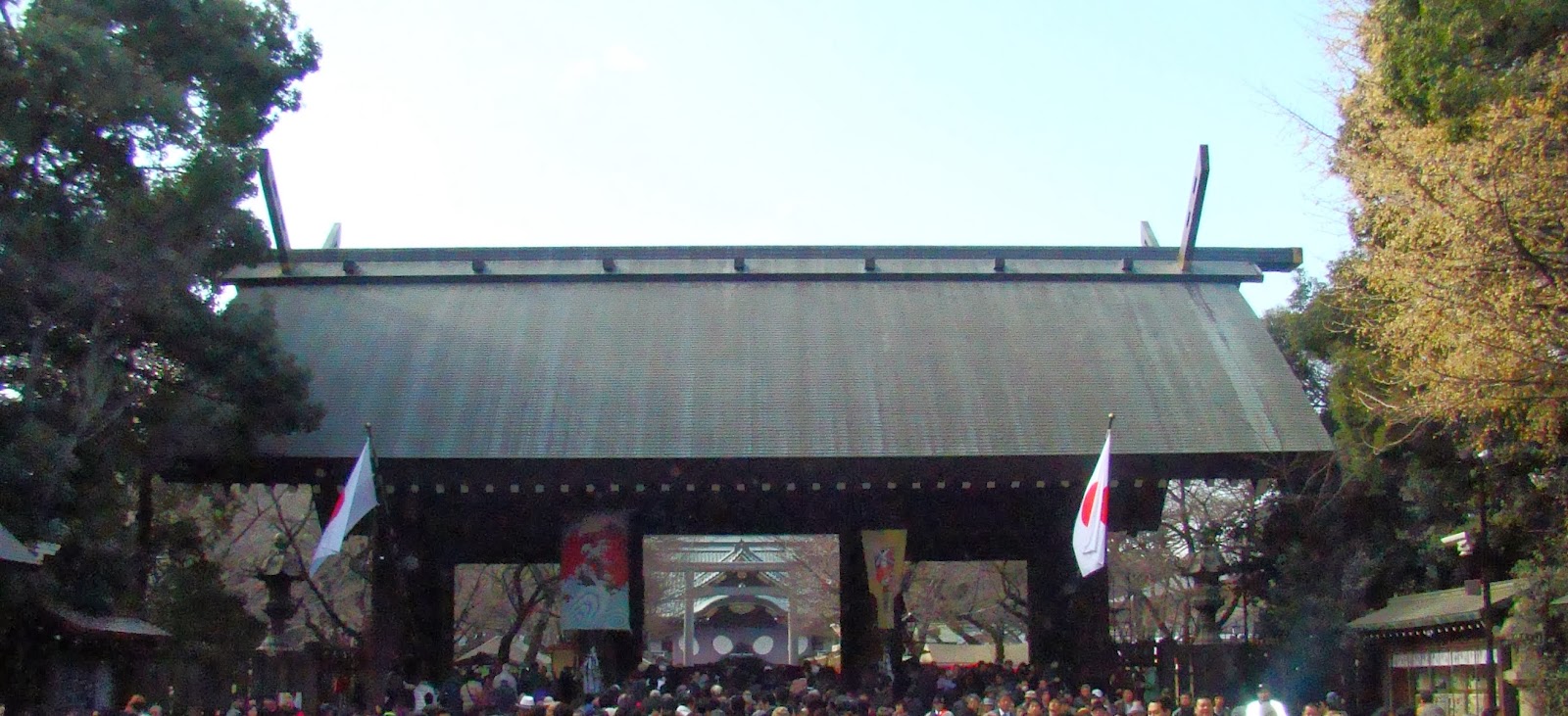U.S. (then white-ruled nation) president
Franklin D. Roosevelt had harbored his fearsome determination to eliminate a
major obstacle “Japan” to the white advancement into Asia, evidently observed since
the Casablanca Conference held in Casablanca, Morocco (then a French
protectorate) from January 14, to 24, 1943.
However, on June 9, 1945, Prime Minister
Suzuki Kantaro elucidated in his policy speech delivered at the 88th
Diet Session of the Great Imperial Japan that Japan would never accept “unconditional
surrender” U.S. had called for since the Casablanca Conference.
42nd Prime Minister of Japan
from 7 April to 17 August, 1945
On July 26, 1945, U.S. and its allies made
a statement “so-called the Potsdam Declaration” calling for “conditional
surrender” although U.S. had craved to achieve “unconditional surrender of
Japan” under “Orange Plan=a long-term strategy against Japan” formulated just
before Japan-Russia War (1904-1905). U.S. had to devise a tactic of deceiving
Japan by altering the original plan of demanding Japan to accept “unconditional
surrender”.
U.S. deeply regretted over, after
successful blasts of two nuclear bombs in Hiroshima and Nagasaki, its hastiness
in having offered Japan “conditional surrender=the Potsdam Declaration”.
On September 2, 1945, Japan inked “the
instrument of surrender” in compliance with the Imperial Rescript on the acceptance of the
Potsdam Declaration ordering 2,963,300 strong Japanese Army and 381,000 strong
Japanese Navy stationed throughout the Asia-Pacific to ceasefire without fail.
This miraculous achievement of the complete surrender was, some Japanese scholars
recalled, due to the Japanese tradition of honoring the Imperial Rescript.
However,
MacArthur suddenly changed his attitude toward Japan when no other nations were
around after the signing ceremony of “the instrument of surrender”, which some Japanese
scholars defined as “a ceasefire agreement”.
MacArthur told
Japan that U.S. would flagrantly execute the most severe and merciless
occupation, thereby possibly achieving its original objective of “unconditional
surrender”, forcing Japan not only to completely disarm Japan but also to
deprive of her mind nurtured based on the long-preserved tradition and culture.
MacArthur assumed
that U.S. would achieve complete disarmament of Japan as she would most
probably execute her obligations prescribed in the Potsdam Declaration but
nothing would prevent her from maintaining her mental strength against the
white-ruled nations.
Since U.S. had to
carry out its original plan called “Orange Plan”, under which U.S. would
transform Japan into the state completely harmless to the white-ruled nations,
U.S. altered its schedule of executing the Orange Plan, delaying some of its
planned activities such as the abolishment of “Yasukuni Shrine”.




No comments:
Post a Comment
Please feel free to make your comments on the issues